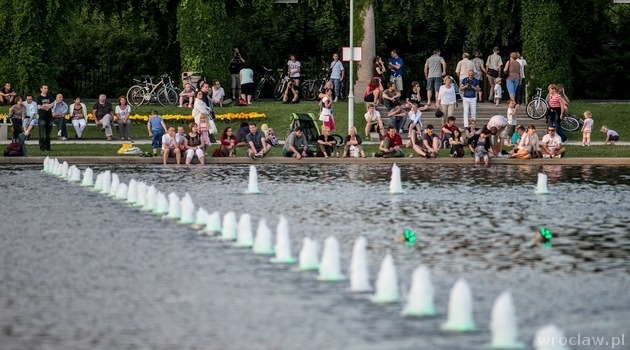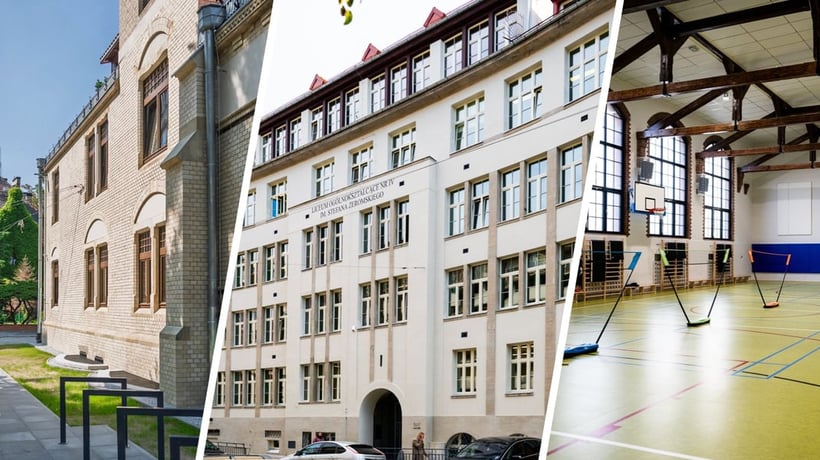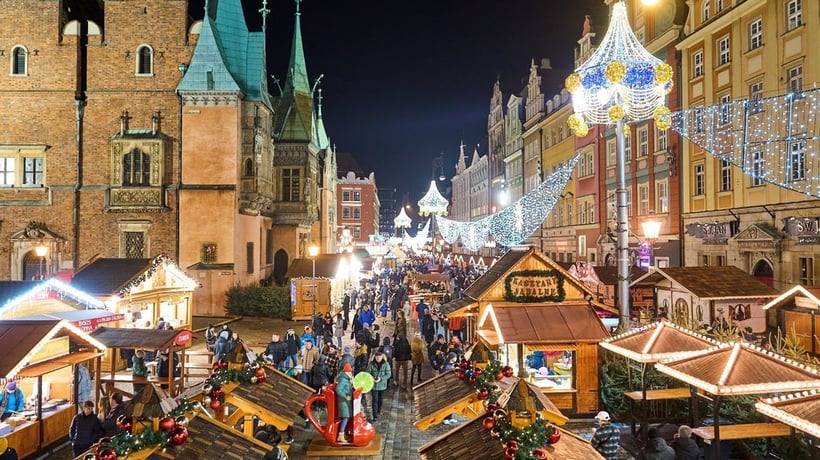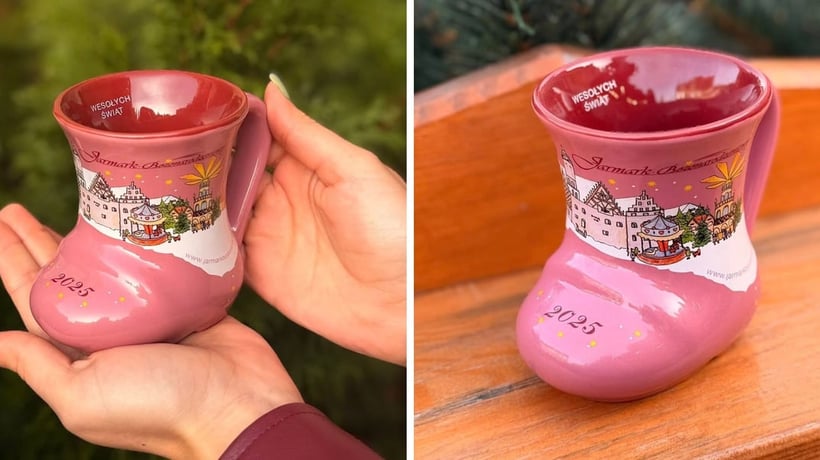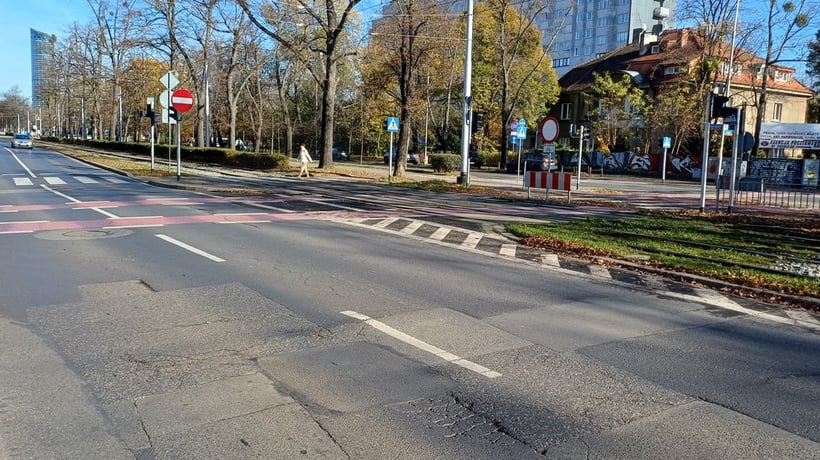The research carried out by the employees of the Institute of Environmental Engineering at the University of Life Sciences, featuring specialists from MPWiK's Centre for New Technologies in Wroclaw, is a part of a large European project. It is named "Application of the Urban Water Footprint Approach to Monitor, Evaluate and Improve Water Management in Urban Areas," and was carried out also in Austria, Hungary, Germany and Italy. It was the Italian researchers who were leaders of the project worth 1.6 million euros, approx. 360 000 of which went to the Wroclaw team.
Colourful "water footprint"
The project uses the theory of "water footprint" (WFTP) by a Dutch scientist, Prof. Arjen Y. Hoekstra. The "water footprint", which consists of many elements, can determine what volume of water was consumed, e.g. in the city, the region, but also for any product. This applies not only to, e.g. drinking of washing water. "Manufacturing a kilogram of chocolate requires 17 196 litres of water, from planting the cocoa bush, to all the technological processes" said Dr. Eng. Wieslaw Fiałkiewicz from the University of Life Sciences, the scientific leader of the Wroclaw part of the project.

What is important, the water footprint is made of blue water footprint (from rivers, lakes, ponds, underground reservoirs - this is where the water supply comes from), green water (i.e. rain and the water that is available in the layer of soil to a depth of 50 cm) and the grey water footprint, which are classified as sewage and polluted water.

"The rain that falls in the city, will wash away the streets and will go to the sewage system. This is grey water" says Tomasz Konieczny, deputy director of the Centre for New Technologies of Wroclaw MPWiK S.A.
The scientists developed the methodology of calculating the water footprint for Wroclaw using data on e.g. the city's size, population, total annual precipitation (Wroclaw gets approx. 140 rain days per year), the area of green and roofs.
The MPWiK has provided information concerning, among others, the size of abstraction of groundwater, surface water and the amount of treated wastewater.
Gray centre, green-blue periphery
It turned out that 16 129 ha in the city is permeable surfaces, and 12 363 ha is impervious to water.
The blue water footprint for Wroclaw is 20 644 m3, the green is 9 208 m3, and the grey is as much as 67 873 m3.

Tomasz Konieczny: "The city generates a lot of waste water in the centre. Here the housing is the densest, and the roads and sidewalks prevent the rainwater from seeping into the ground and just make it flow right into the sewage system and turn into waste water.

"This is sheer waste," emphasizes the deputy head of the Centre for New Technology of MPWiK S.A. "In the countries where the environmental awareness is higher, the aim is to manage the scarce good which is water as best as possible," he says. Tomasz Konieczny cites as an example the water permeable sidewalks built in Orleans. The curbs are designed so that the water from the roadway flows on lawns. Storage of rainwater is common, different types of systems are used to collect water and to distribute in the ground or in the garden. You can also see this type of solution In Wroclaw, but on too small a scale for now.
The project also included a research on water management, among others, in Vicenza, Italy. "There, residents of the city were involved; they were handed questionnaires and they had to estimate the water footprint for their households. Of course, not everyone was fully engaged, but the collected data were enough to determine the water footprint similar to that estimated based on other calculations" says Dr. Wiesław Fiałkiewicz.
However, in Innsbruck, Austria, the focus was on promoting the awareness of the everyday water management. "Among other things, it was to show how much water we waste, e.g. by throwing away food. It is hundreds of litres a day" emphasizes Dr. Fiałkiewicz.
"Representatives of Wroclaw authorities saw the research report and are strongly interested in making changes that would in the beginning improve water management in the city, in any possible way" says Tomasz Konieczny. "The scope of the changes is unlimited. You can start by saving water while brushing your teeth. On the other hand, you can oblige investors and developers to make new roads, sidewalks, buildings with solutions that would enable the use of, e.g. rainwater.

Green roofs, parking openwork estates, the deputy head of the Centre for New Technologies calculates in the same breath. "An excellent example of a building where no water is wasted is the Wroclaw Stadium" points out Konieczny. Rainwater accumulates there in four tanks, ranging from 342 to 128 m3. Water taken from there is used not only for watering the turf, but also for flushing toilets.
Dr. Wieslaw Fiałkiewicz: "Introducing such solutions will improve the rate of the water footprint and will make less water go to waste.
The method of calculating the water footprint, developed by specialists from the University of Life Sciences and the MPWiK was not passed on to the drawer. The institutions organized a training course for employees of city waterworks of ten Lower Silesia cities, including Jelenia Góra, Wałbrzych, Legnica, Dzierżoniów, during which presented were the principles of calculating the water footprint. A training was also carried out for the representatives of Wroclaw responsible for managing the drainage network and urban development planning.
The charts and graphics were prepared by Dr. Eng. Ewa Burszta-Adamiak and Dr. Eng. Wieslaw Fiałkiewicz from the University of Life Sciences in Wroclaw.
